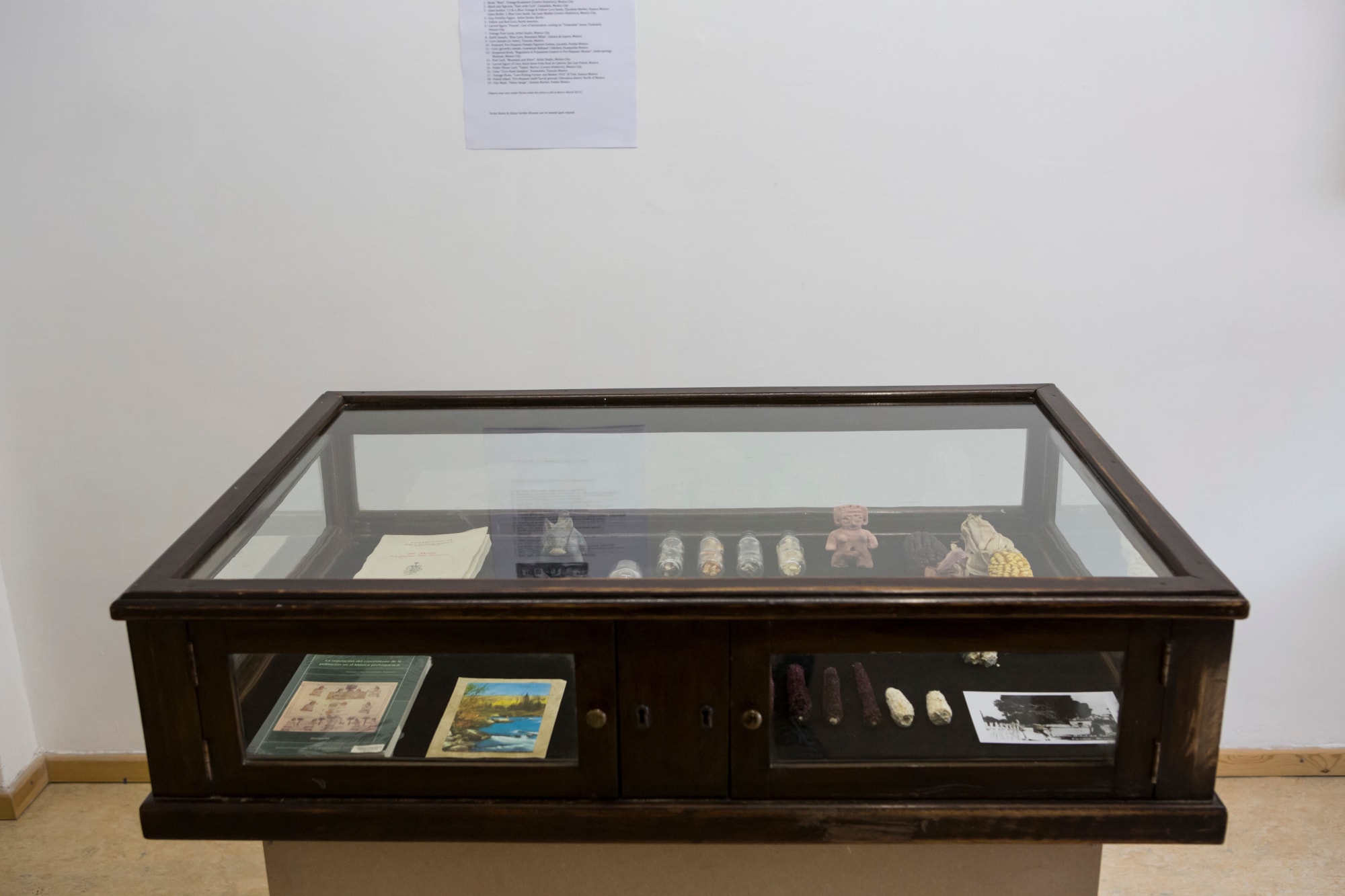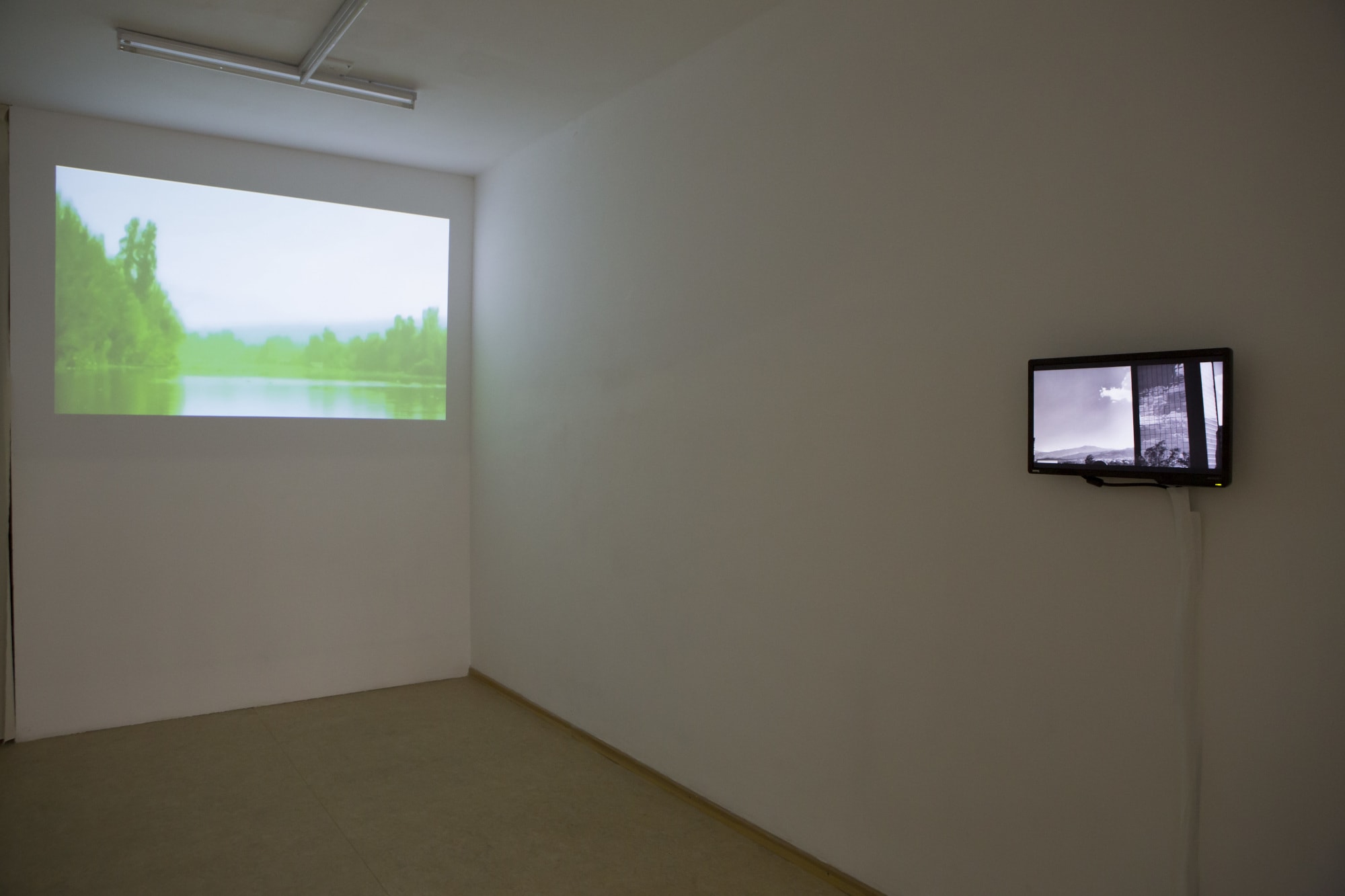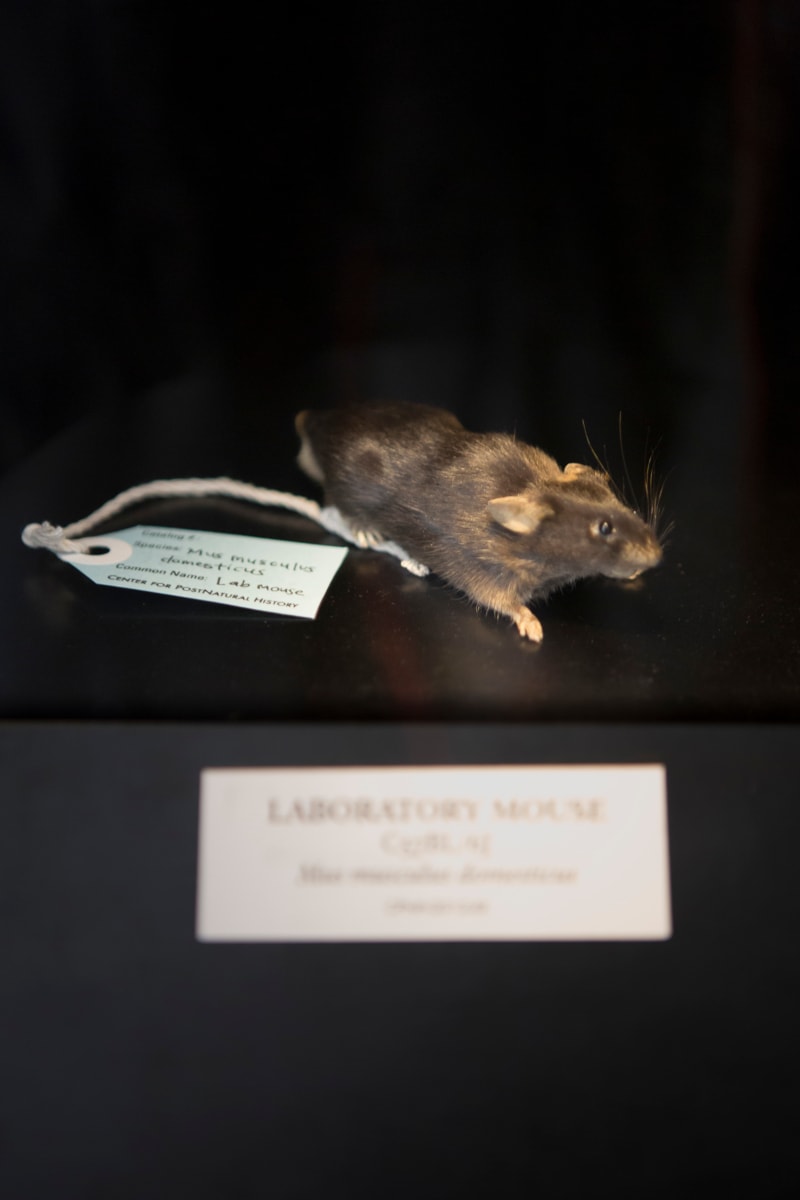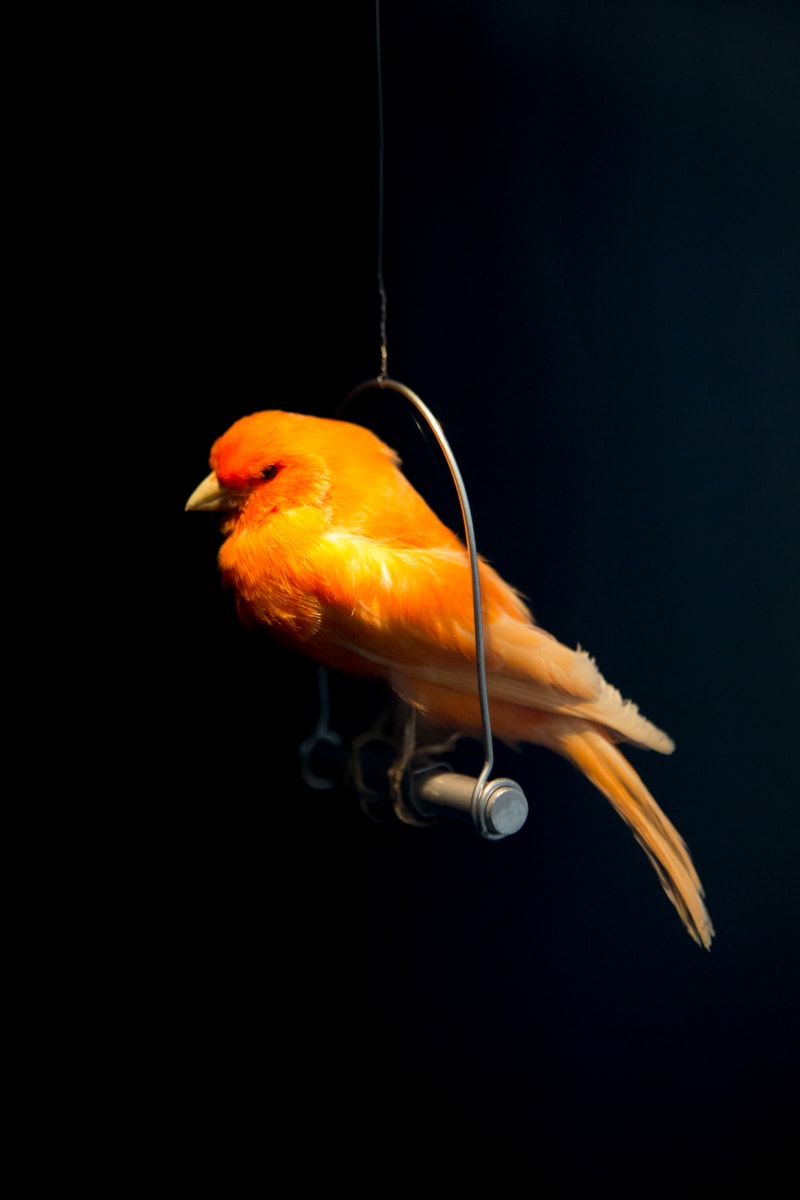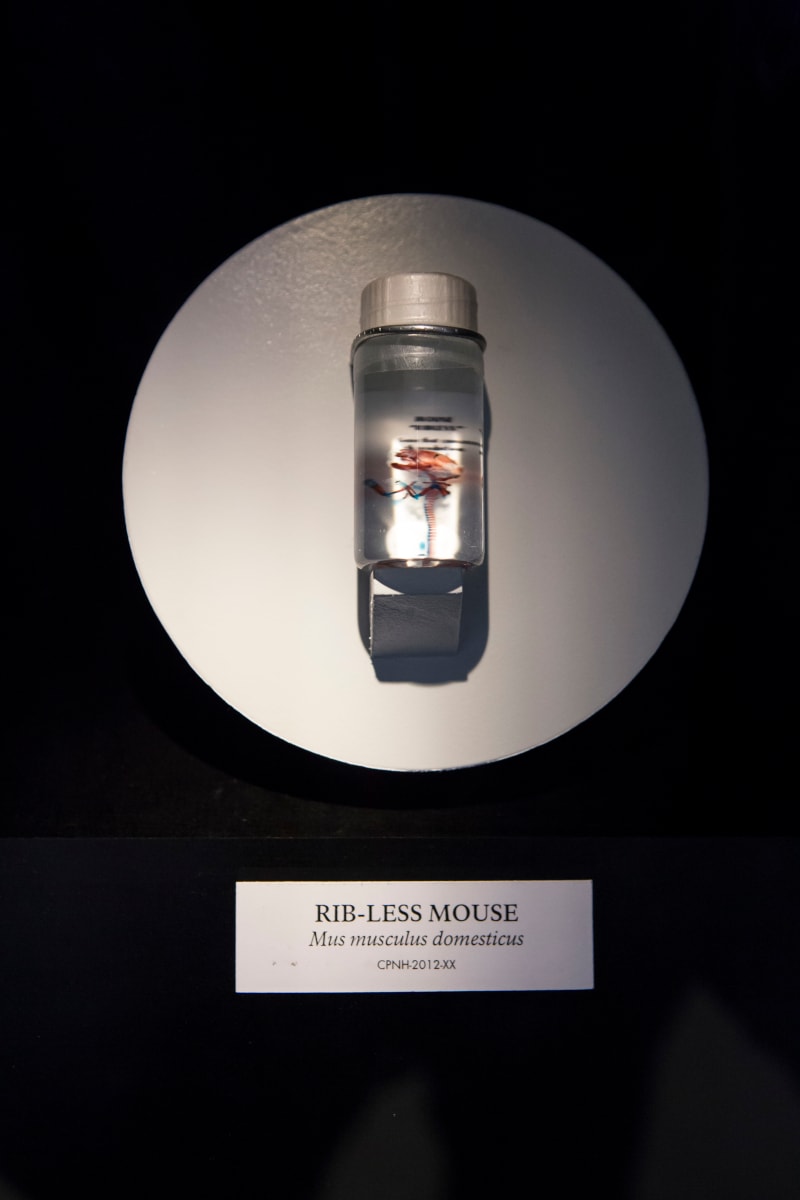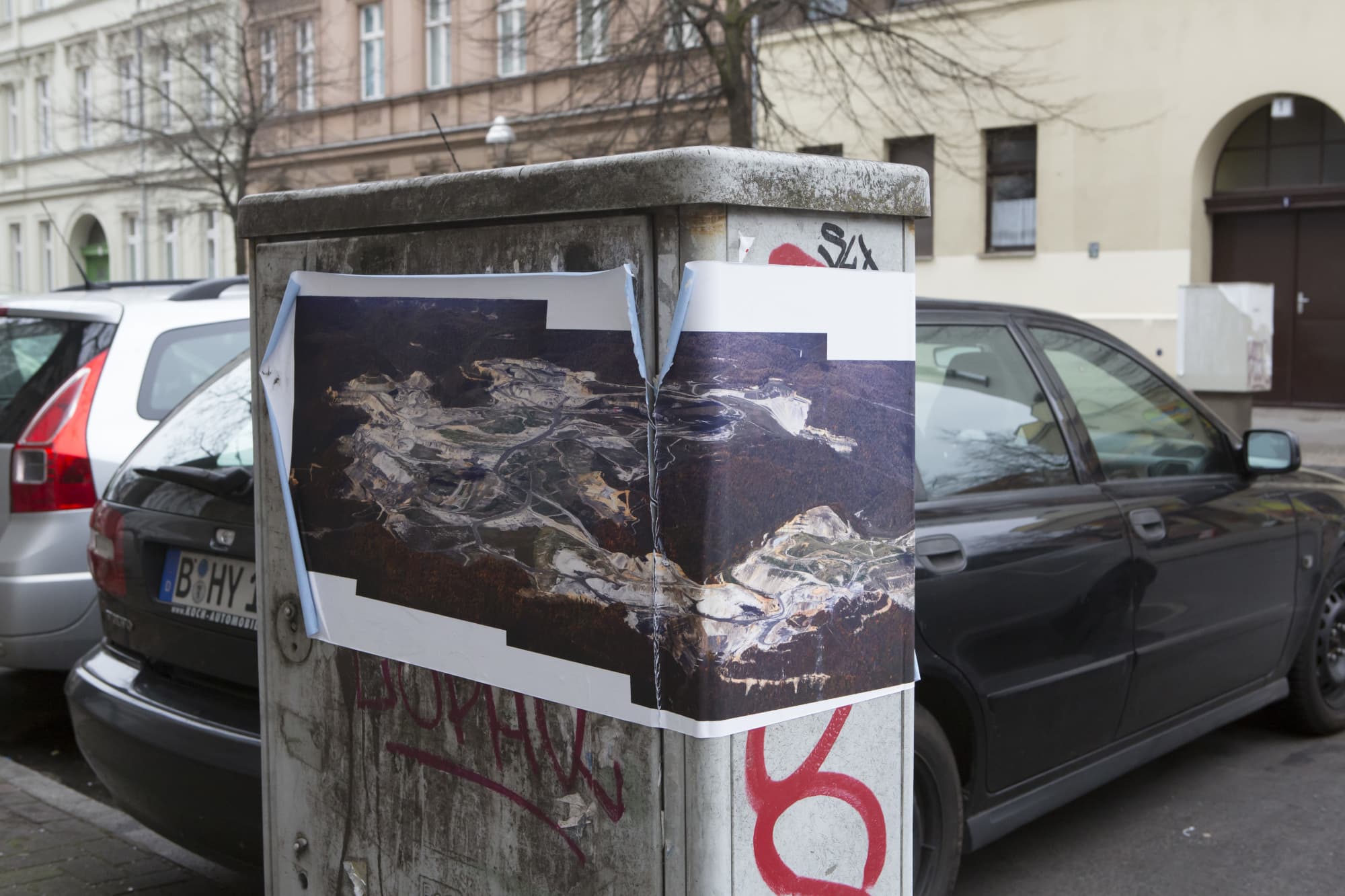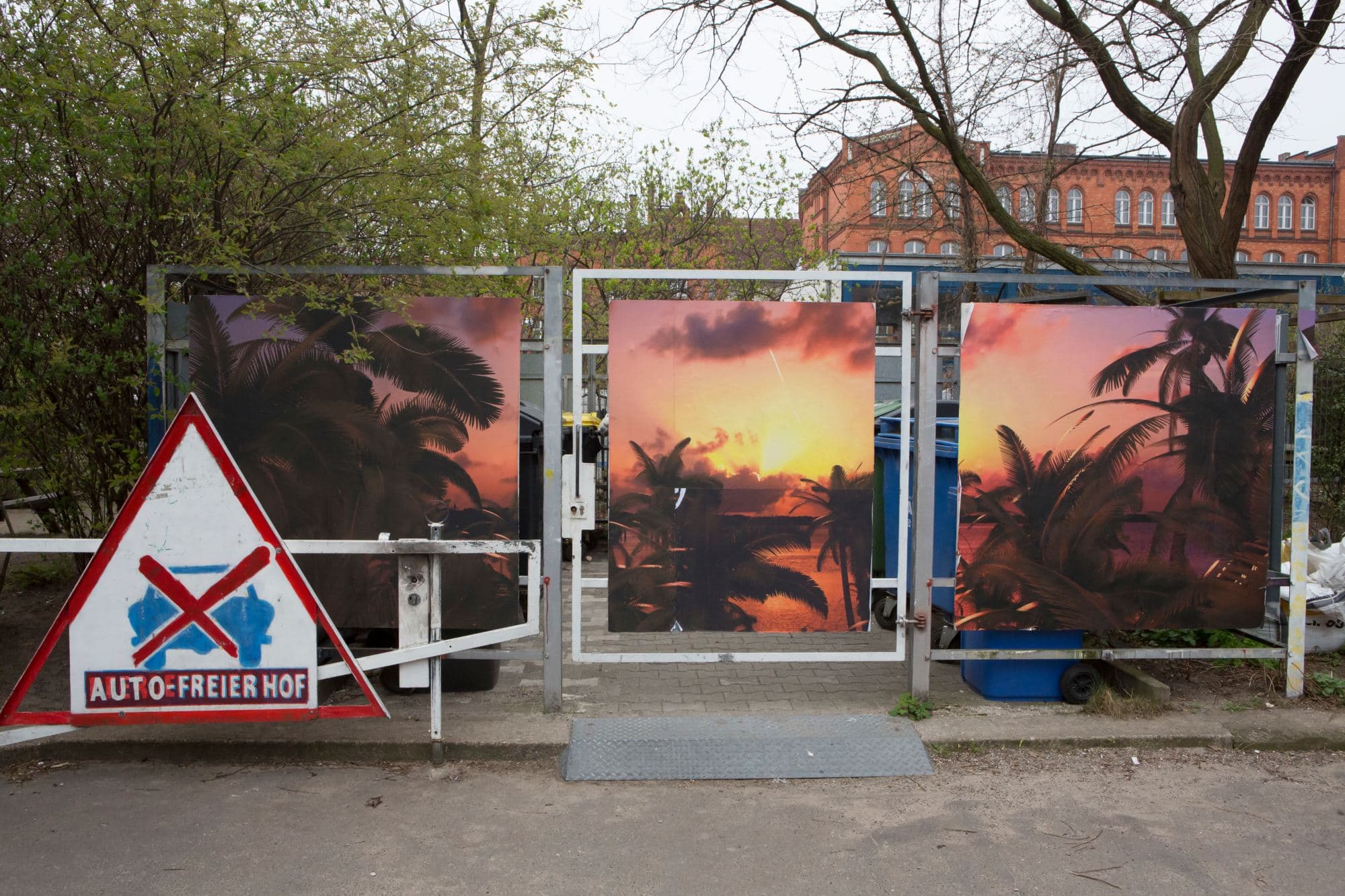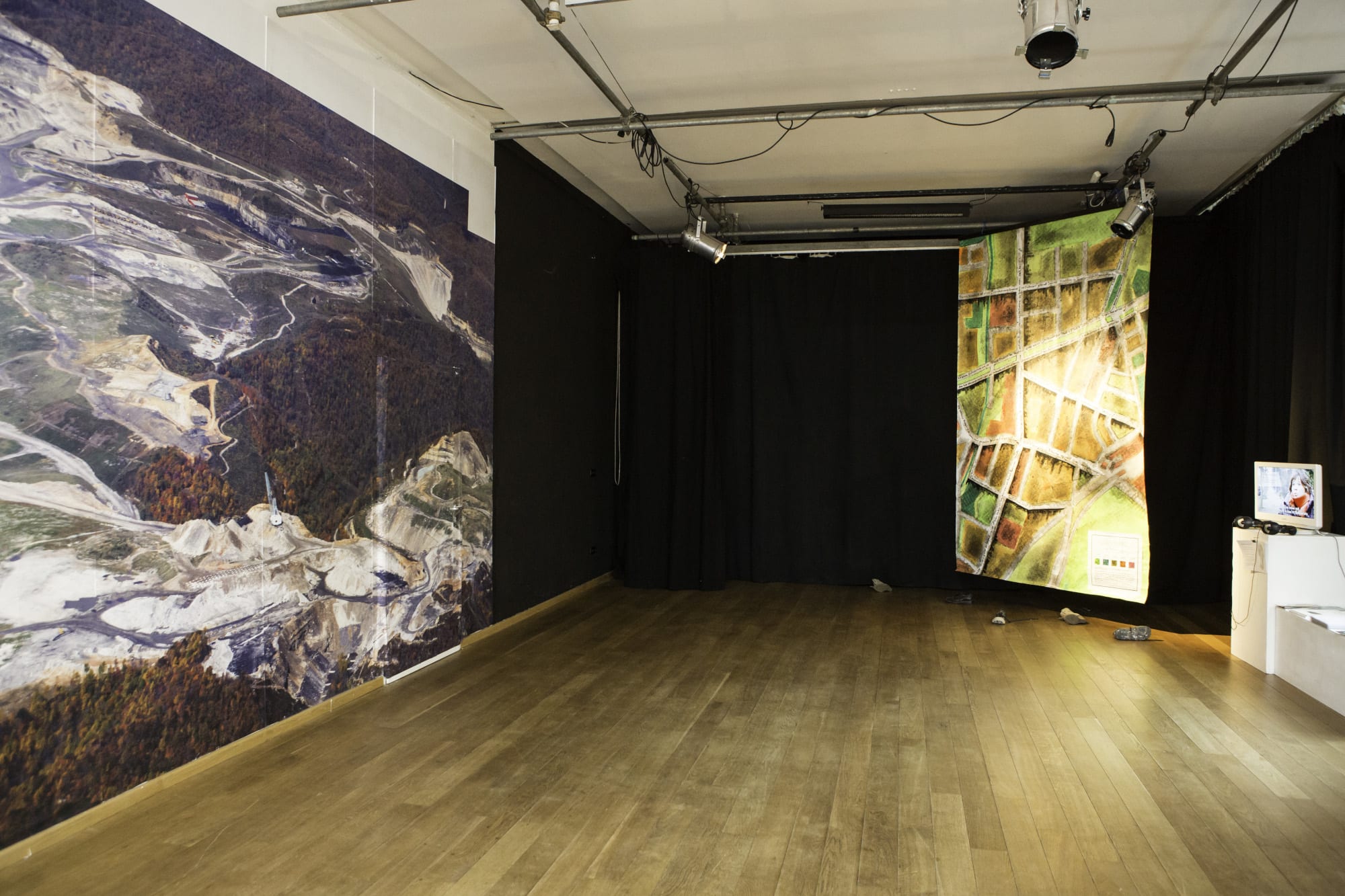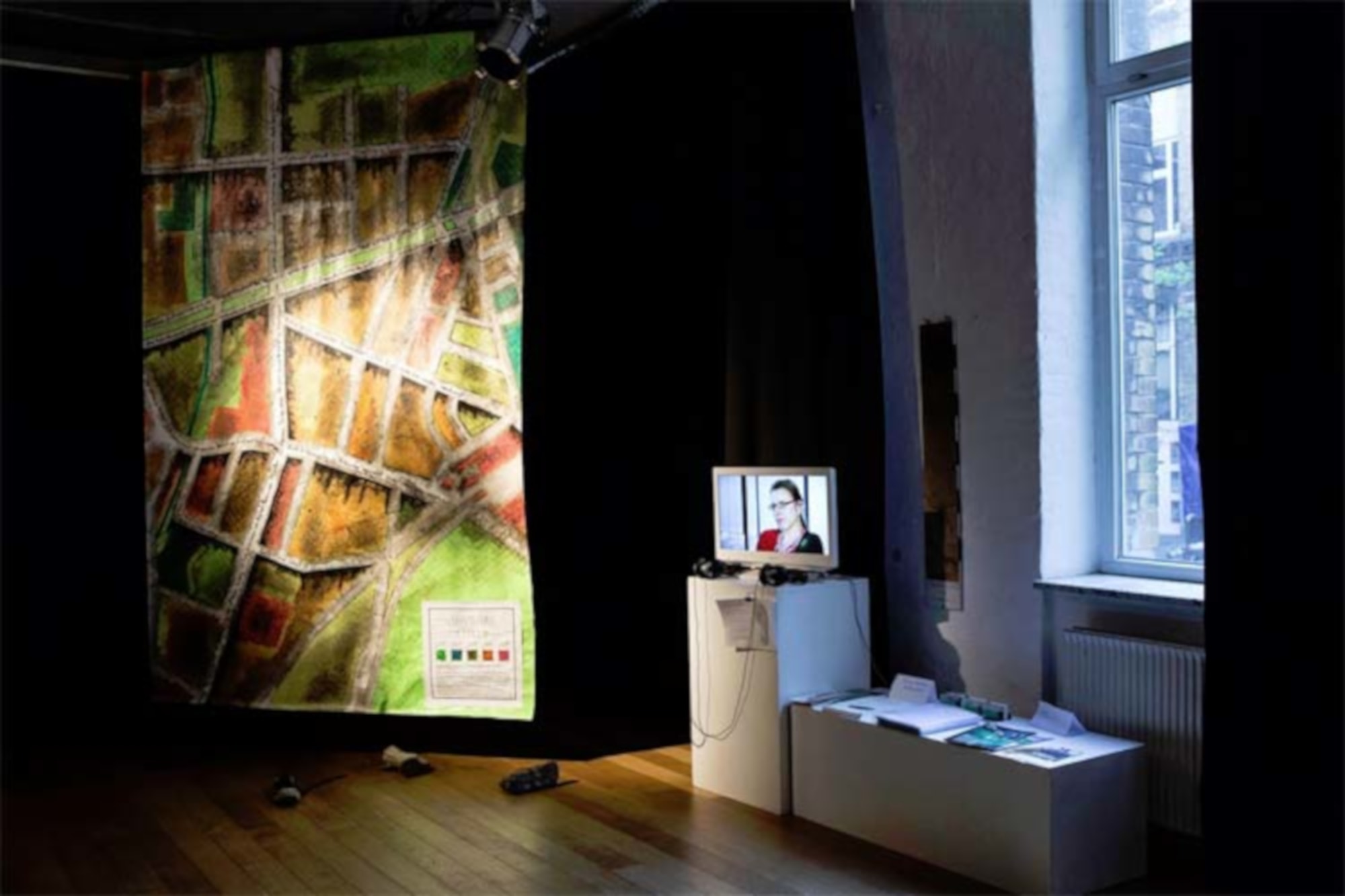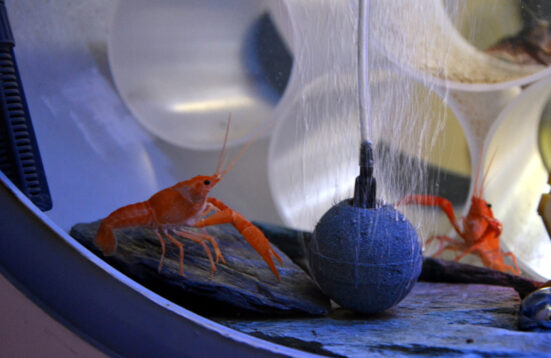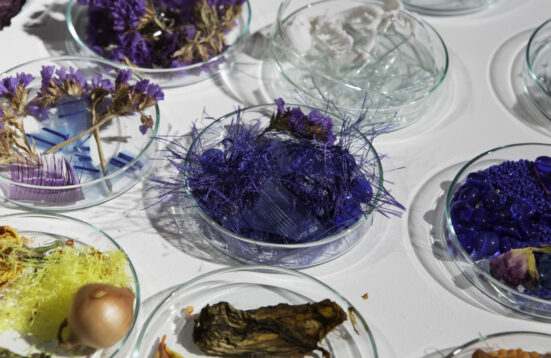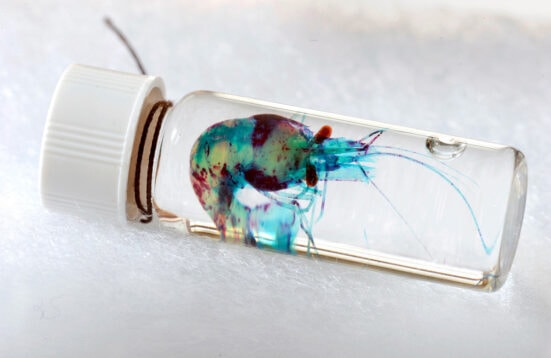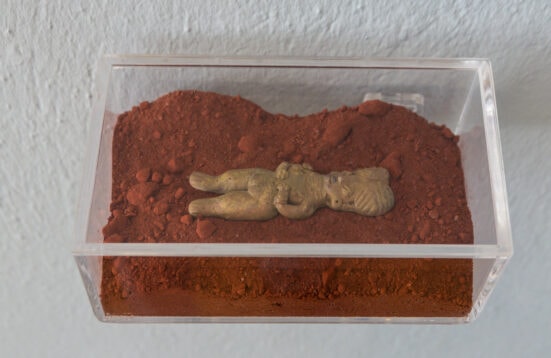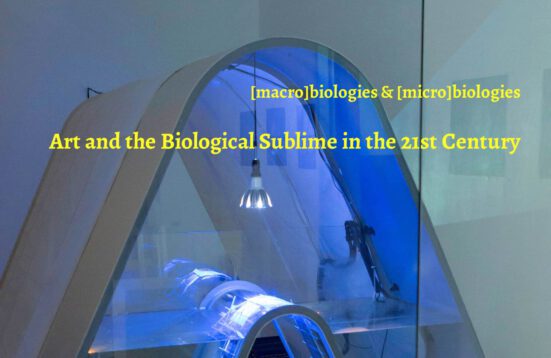[macro]biologies I
the biosphere
Katya Gardea Browne | The Center for PostNatural History | Mathias Kessler | Alexandra Regan Toland
Instead of a unified conception of existence, such as “world” or “nature”, today, in the post-anthropocentric era, we find ourselves confronted rather with a multiplicity of structures and a blurring of boundaries. This show is part of a series of exhibitions – [macro]biologies and [micro]biologies – dedicated to artistic reflection on current drastic changes to how we connect, relate and interrelate to the worlds around us.
For [macro]biologies I: the biosphere we have chosen four important international artists dealing with the structures and systems of our world. The exhibition focuses on the ecosystem and the biosphere with billions of life forms that interrelate with other systems (i.a. geologie and climate).
The recent works of Mexico City based artist, photographer and filmmaker Katya Gardea Browne have stressed the cultural and environmental tensions between urban and rural in and around the megacity Mexico D.F.
For the exhibition she has produced three video works about different aspects of threatened ecosystems. Xochimilco (2014, 7:45 min., projection in the back room) is a meditative journey through the waterways of the district of the same name in the Mexico capital. The peaceful rhythm enables one to reflect upon the drastic changes in a megacity which originally was made up of flourishing wetlands. Only occasional acoustic moments betray a human presence. However, the biosphere dominates, especially the so-called “chinampas” (“floating islands”), upon which Gardea Browne plays with color filters, rapidly switching between color and black and white. Continuous views of water and reflections as well as the waterside, the boundary between water and land, point to the peripheral – a moment that can always be found both aesthetically and politically in the works of Gardea Browne.
The video Panoramas (2014, 8:03 min., small monitor, back room) can be seen as a homage to the Mexican landscape, both urban and rural. The journey out of Mexico City through plains and over mountains is compressed by a stacatto stop-motion effect, which arises from the juxtaposition of Gardea Browne ‘s countless photographs.
The video Maîs (2014, 16:14 min., front room) deals with the cultivation and use of maize in Mexico. Gardea Browne made the video recordings in various locations, including Quetzalan (Puebla), Solotepec (Estado de Mexico) and Huamantla (Tlaxcala). The video provides an insight into the unique maize cultivation of so-called “milpas” (corn fields with mixed cultivation, see Sourcebook) and refers to the fundamental importance of maize in Mexico.
In the display case (in the front room), the artist has arranged various objects, playing on themes from the video works, including books and postcards of Xochimilco, as well as traditional varieties of Mexican maize and artifacts associated with the fertility of the soil.
The Center for PostNatural History, based in Pittsburgh in the U.S., is an art and research project (Director: Richard Pell, Learning Science Advisor: Lauren Allen, Designer: Mason Juday) dealing with the history of mankind’s manipulation of life forms, from early agriculture to genetic modification. The PostNatural refers to life forms that have been intentionally altered by humans through domestication, selective breeding and genetic engineering. Towards this end, the CPNH produces thematic multimedia exhibitions, printed works and maintains a collection of living, preserved and documented specimens of postnatural origin.
Art Laboratory Berlin will present the work PostNatural Organisms of the European Union, a form of museum representing biofacts of living, preserved and documented organisms. Among the exhibits are the red canary, a transgenic mosquito developed to fight malaria and documentation of the Svalbard seed vault.
New York based artist Mathias Kessler’s deals, among other things, with the phenomenon of changing landscapes caused by human intervention. For this exhibition, he presents contradictory phenomena and images in both exterior and interior spaces: in urban space (beginning on Prinzenallee, then in the courtyard of Prinzenallee 58) he has applied computer processing to photographs taken in the Florida Everglades. The images depict romanticized sunsets and refer to an idealized image of nature that is a human construction. With these motifs – wheat pasted posters in public spaces – Kessler plays with the ephemeral and literally fast fading quality of such artificial constructions.
In the interior space (Theatre hall, PA 58), however, Kessler deals with radical views of nature – in this case the destruction of whole landscapes by industry. His aerial photography and documentation of mountain top removal coal mining in the Appalachian Mountains focuses attention on the human ability to shape the very Earth around us, but also on the disastrous consequences of modern hubris.
The Berlin based artist and ecologist Alexandra Regan Toland works on multiple levels to create social awareness about urban ecological systems. As a soil studies scientist she examines the resilience of urban flora; in her artistic work she involves combining social awareness of urban nature with community activism. For the exhibition she will use cartographic documents, urban dust, and a collection of shoe profiles to examine the pressures of soil sealing (i.e. the widespread pavement of porous surfaces) on human and non-human biological communities in Berlin.
As well as a map of Berlin made of soil and dust, Toland will present the public with the results of her research. Visitors will also be invited to participate in Toland’s project by taking part in an interview and by donating sole profiles of an old pair of shoes.

